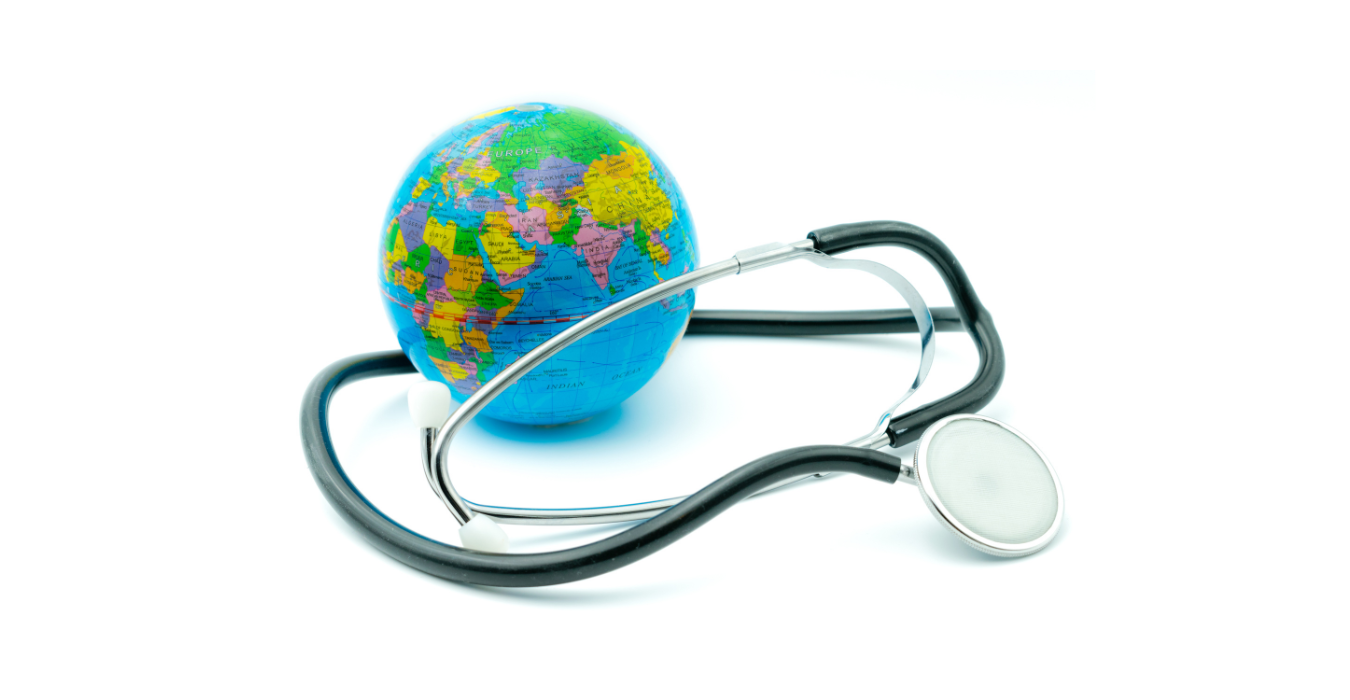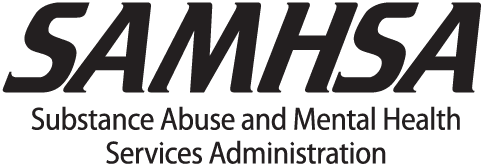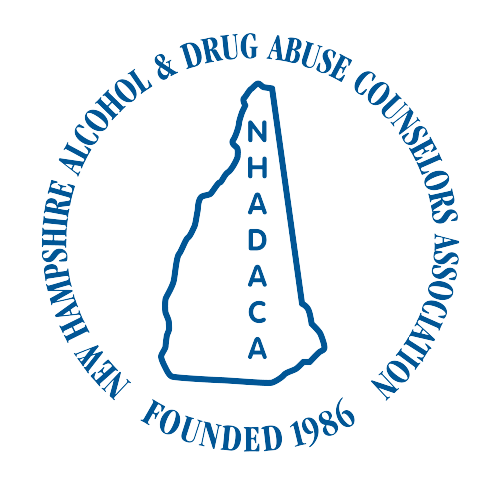COVID-19 Public Health Emergency Response and 42 CFR Part 2 Guidance from SAMHSA

Brought to you by the NHADACA Ethics Committee
We emphasize that, under the medical emergency exception, providers make their own determinations whether a bona fide medical emergency exists for purposes of providing needed treatment to patients.

COVID-19 Public Health Emergency Response and 42 CFR Part 2 Guidance
In response to the Novel Coronavirus Disease (COVID-19) pandemic, the Substance Abuse and Mental Health Services Administration (SAMHSA) is providing this guidance to ensure that substance use disorder treatment services are uninterrupted during this public health emergency. SAMHSA understands that, in accordance with the Centers for Disease Control and Prevention guidelines on social distancing, as well as state or local government-issued bans or guidelines on gatherings of multiple people, many substance use disorder treatment provider offices are closed, or patients are not able to present for treatment services in person. Therefore, there has been an increased need for telehealth services, and in some areas without adequate telehealth technology, providers are offering telephonic consultations to patients. In such instances, providers may not be able to obtain written patient consent for disclosure of substance use disorder records.
The prohibitions on use and disclosure of patient identifying information under 42 C.F.R. Part 2 would not apply in these situations to the extent that, as determined by the provider(s), a medical emergency exists. Under 42 U.S.C. §290dd-2(b)(2)(A) and 42 C.F.R. §2.51, patient identifying information may be disclosed by a part 2 program or other lawful holder to medical personnel, without patient consent, to the extent necessary to meet a bona fide medical emergency in which the patient’s prior informed consent cannot be obtained. Information disclosed to the medical personnel who are treating such a medical emergency may be re-disclosed by such personnel for treatment purposes as needed. We note that Part 2 requires programs to document certain information in their records after a disclosure is made pursuant to the medical emergency exception. We emphasize that, under the medical emergency exception, providers make their own determinations whether a bona fide medical emergency exists for purposes of providing needed treatment to patients.

